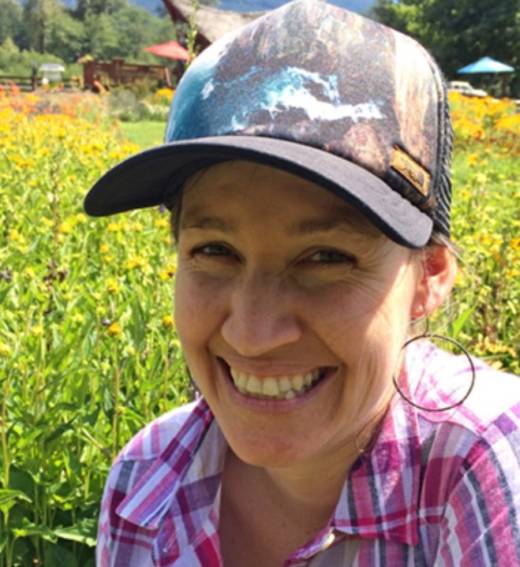As Hillary Sardiñas inspires her daughter to appreciate the amazing monarch butterfly, she wrestles with the challenge of teaching children about nature in the age of extinction.
I recently pointed out some milkweed growing alongside a building to my four-year-old daughter. The plant contained seed pods that were splitting open, spilling out seeds attached to silky parachutes. I showed her how they floated on the breeze and she delighted as they danced through the air. Then we noticed monarch caterpillars of all sizes munching the leaves, accumulating the toxins that make them unpalatable to predators.
Seeing her so captivated gave me mixed feelings because the monarch butterfly is teetering at the brink of extinction. Every year around Thanksgiving volunteers go to groves of eucalyptus to count monarchs, who are easier to count in the winter because they flock together to keep warm, hanging from tree branches like chandeliers.
Preliminary numbers from this years’ count indicate that the butterflies are at just a half a percent of their historic population. The last time conservation biologists observed population trends with such a steep decline was when they documented the extinction of the passenger pigeon. The iconic orange and black monarch butterfly is also predicted to go extinct within the next 20 years, a blink of an eye in ecological time.
Yet there I was teaching my daughter to find joy in something she is very likely to lose. As a parent, I have to grapple with the fact that if I continue to teach her about the creatures around us, it won’t just be the butterflies that might disappear. Around the world there are reports of historically low invertebrate populations. Monarch butterflies may well be the canary in the coal mine.
